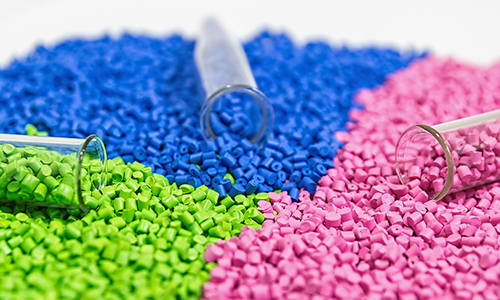Rheology of Paints and Coatings
From shiny cars to streak-free walls, we demand a lot from our coatings and paints. A high-quality paint not only needs dazzling color, but also must offer the right material properties for a smooth application and drying process. Consistency is crucial: too thin and the paint will run and drip; too thick and it will clump and not dry evenly. Spray paints and coatings also need to be applied smoothly without clogging the spray device.
Details












